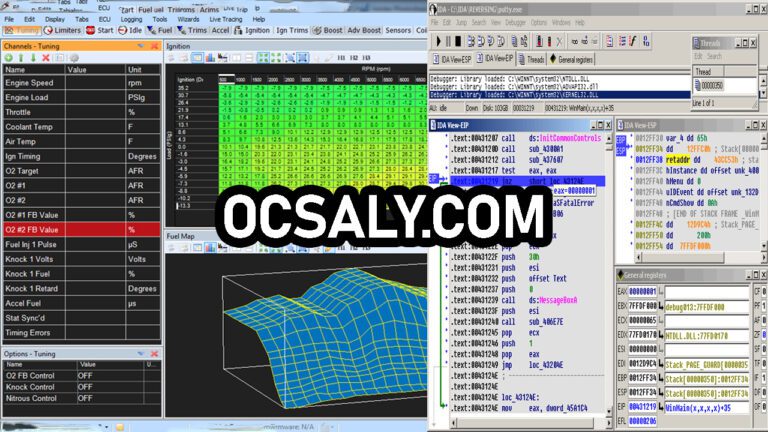Quite frankly, the best way to create a timing map is not to create it from scratch. If there exists a factory timing map for your application, that’s almost always the best place to start. Factory timing maps have already done a lot of the difficult work and can be easily adjusted in specific areas to better match the specific engine at hand. Even if a factory map is not available for the exact engine being tuned, starting with a similar engine’s timing map is still much more time efficient than starting from nothing.
In general, a completed timing map will look very similar to the VE map. There should not be any surprises in the form of drastic jumps upward or downward in the values shown. Everything should be smooth and progressive. There are a handful of simple rules that will help when tuning spark advance.
RULE #1 – Don’t Knock Your Engine
No matter of what else is going on, knock should be avoided at all costs. Spark knock is one of the two biggest damage givers of engines, excessive engine revving is the other.
Logically we’d like to run and use our engine at its most mechanically best and efficient point for spark advance and ignition.
Known as MBT or Maximum Brake Torque, it is the spark advance value at which torque output is optimized at a single speed, load, lambda and temperature point. Also we’d like to optimize for torque almost all the time, it’s just not possible with higher loads or temperatures.
Spark knock is the result of uncontrolled combustion that is exhibited by colliding pressure waves within the cylinder, usually at the most inopportune time.
These colliding waves can combine to deliver pressures well above the normal combustion loads on the heads, gaskets, pistons, rings, rods, and bearings. Left unchecked, the excess pressure tries to find the easiest way out of the cylinder, often resulting in broken parts. In the best of cases, knock pressures are
contained without mechanical failure but the increased pressures are present mostly during the compression stroke. The excess pressure upon the piston during compression literally tries to turn the crank-shaft backward and significantly reduces engine torque as measured at the flywheel.
lf the engine is exhibiting spark knock, the only real option is to retard the ignition timing until it’s gone. The need to protect the engine hardware trumps all other spark advance tuning strategies.









